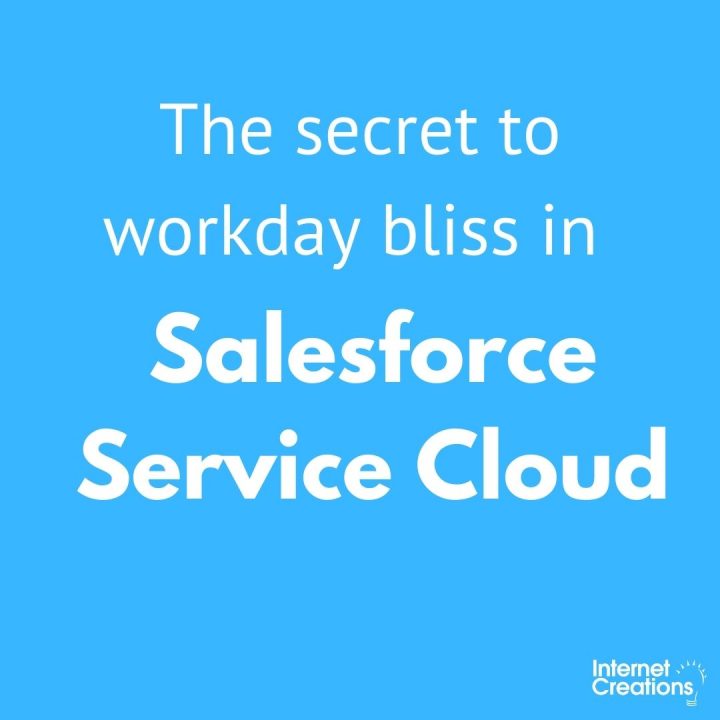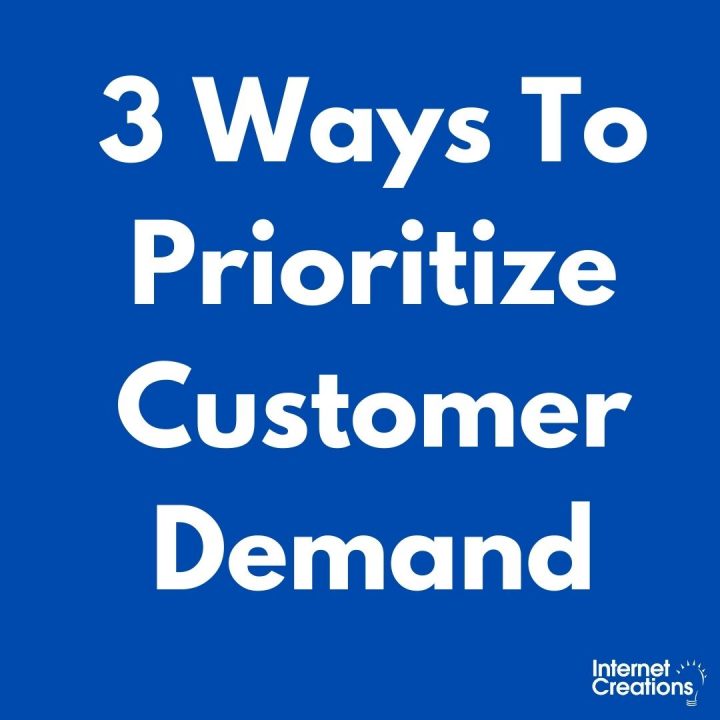Is your service response time killing your customer experience?
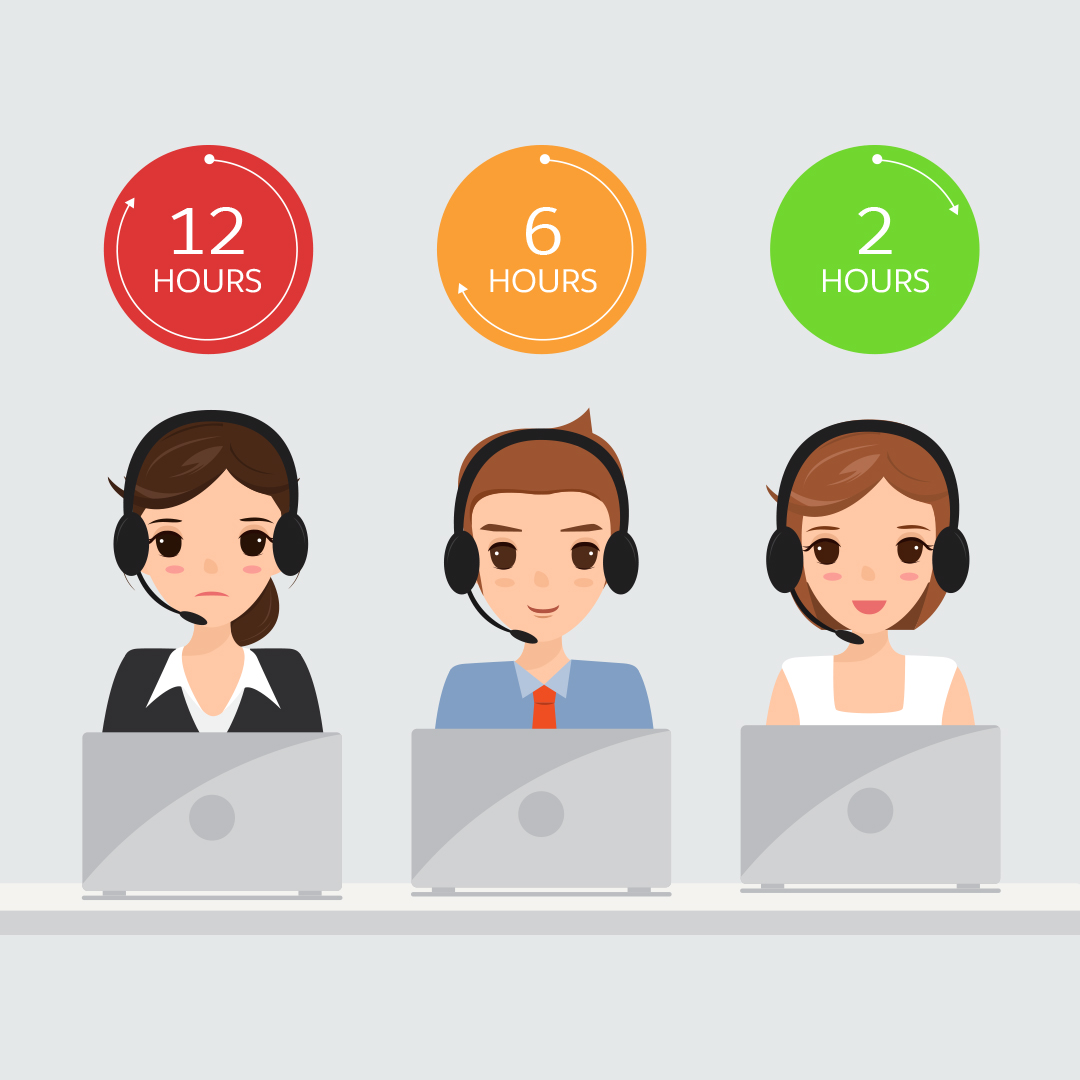
If a customer is contacting you for help, chances are, they’re already frustrated. Making customers wait for help causes frustrations to rise.
Improving service response time can reduce customer frustration and increase customer loyalty.
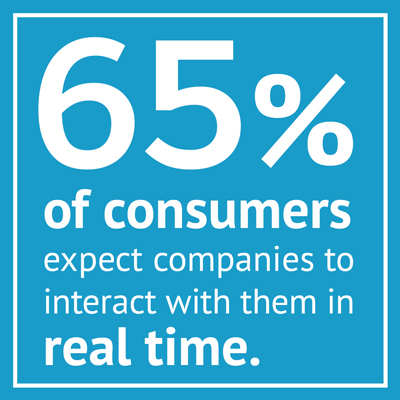 Set expectations and stick to them
Set expectations and stick to them
Research shows that “65% of consumers expect companies to interact with them in real time.” If you set expectations for a response in 24 hours, and 48 hours go by, your customer is going to lose their patience and feel compelled to follow up. Make it clear to your customers when they can expect a response from you – and don’t drop the ball.
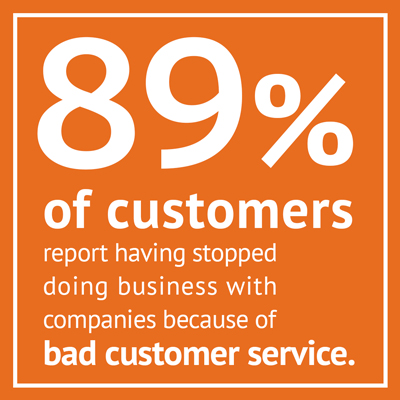 Don’t force customers to chase you down
Don’t force customers to chase you down
Nothing is more annoying for a customer than “the service runaround” — having to call back multiple times and re-explain the same issue to new support agents. This wastes the customer’s time, the supports agents’ time, and negatively effects your bottom line. “89% of customers report having stopped doing business with companies because of bad customer service.”
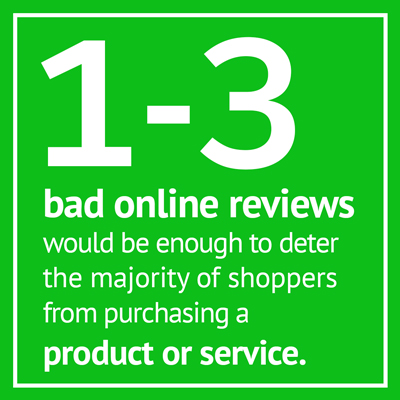 Avoid the social media rant
Avoid the social media rant
The harsh reality? Customers are more likely to leave a review if they’re frustrated. “Between 1 and 3 bad online reviews would be enough to deter the majority (67%) of shoppers from purchasing a product or service.” Don’t let your service response time turn into a PR nightmare.
How are you monitoring your service response times? We use Case Flags for Salesforce, a native Salesforce app that uses color coded flags as a visual indication of the elapsed time between case responses.
- Using Design Thinking for More Productive Brainstorming - August 21, 2019
- 3 Things to Ask Before Implementing Salesforce Community Cloud - April 5, 2018
- 4 Ways Simple Survey Increases Response Rates - March 23, 2017
